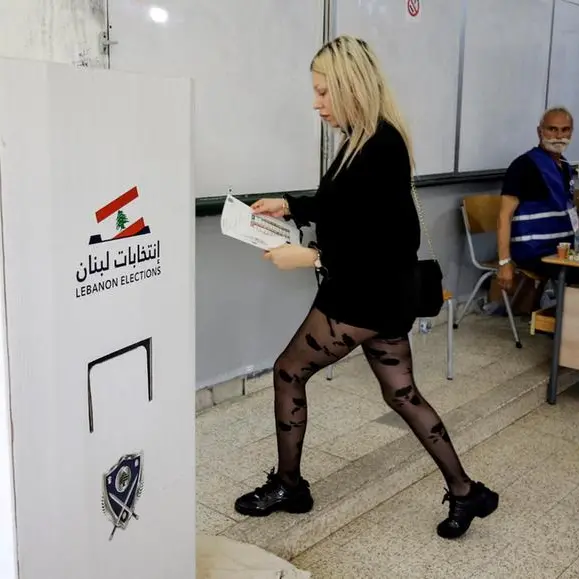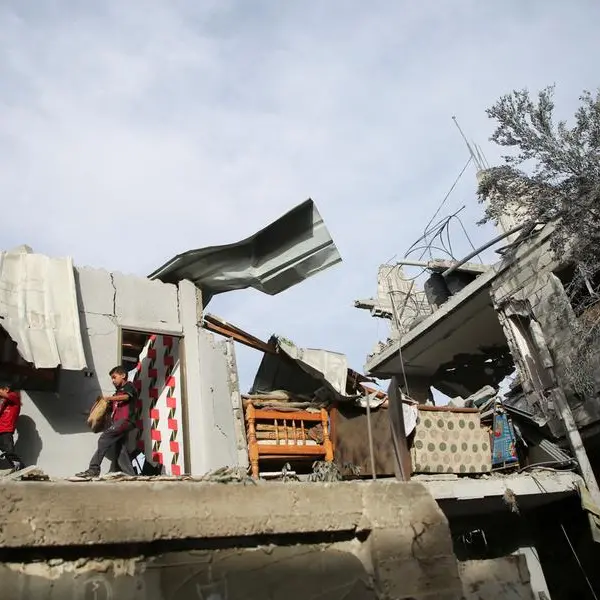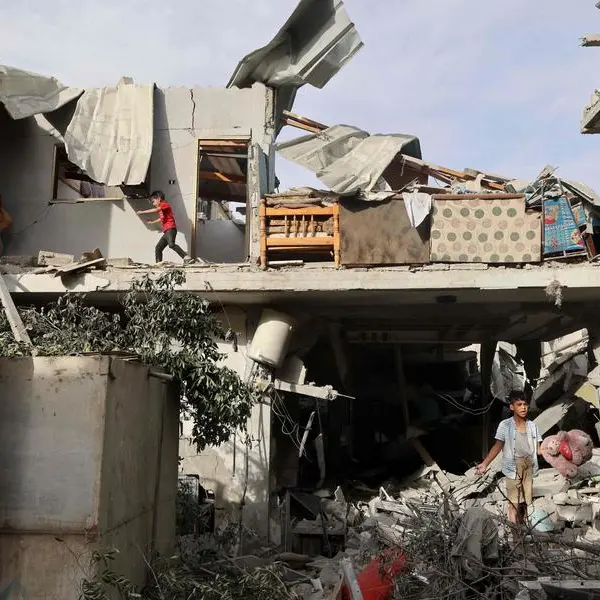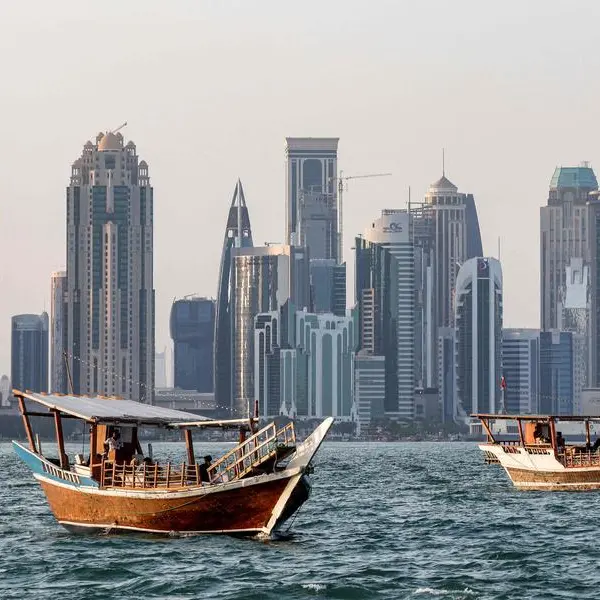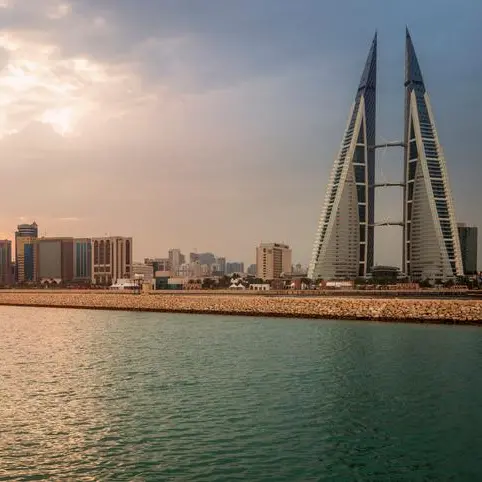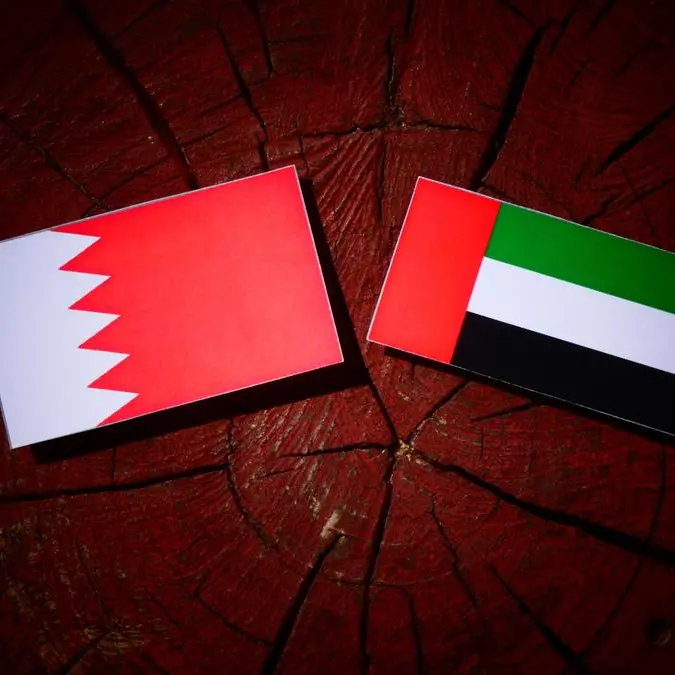PHOTO
Banks in Bahrain reported 19.2 per cent growth in non-interest income in the second quarter this year, the highest in the GCC, despite a quarterly decline in global and regional financial markets, a new report says.
Based on analysis of financials reported by 57 listed banks in the GCC, Kuwait-based Kamco’s ‘GCC Banking Sector Report - Q2-2022’ found that revenue growth across the region remained robust following the gradual economic restoration following the pandemic.
This increase in revenues helped offset the overall impact of higher absolute costs on the cost-to-income ratio that remained below the 40pc mark over the last five quarters and reached 39.5pc at the end of Q2-2022, flat quarter-on-quarter (q-o-q).
Total bank revenue for GCC banks registered a healthy q-o-q growth of 4.8pc during Q2-2022 to $24.9 billion as compared to $23.7bn during Q1-2022.
The q-o-q increase was led by a broad-based improvement in revenues across the GCC during the quarter.
The increase was mainly led by higher interest rates across the GCC after central banks in the region hiked policy rates following the rate hikes by the US Fed.
As a result, net interest income increased by a strong 9.6pc to reach $17.1bn.
In terms of bottom-line performance, quarterly net income reached a record high of $11.1bn during Q2-2022 backed by growth in all GCC countries, barring Kuwait that reported a small drop of 0.6pc led by higher cost-to-income ratio.
GCC banking sector net profits reached another record level of $11.1bn in Q2-2022 registering a q-o-q growth of 1.9pc and a year-on-year (y-o-y) growth of 31.9pc.
The increase in aggregate profits was mainly led by higher revenues for the sector coupled with a slight drop in provisions during the quarter.
In terms of y-o-y growth, aggregates for almost all countries in the GCC showed strong double digit growth during Q2-2022.
The profit growth came mainly on the back of higher bank revenues further supported by a slight drop in provisions while cost-to-income ratio remained flat.
Topline, on the other hand, reflected higher interest rates during the quarter with central banks across the GCC hiking rates following Fed rate hikes in the US.
The gain in oil prices came as a windfall gain for governments and companies in the upstream sector enabling most governments in the region to report their first fiscal surplus in several years.
This provided additional support to the economy enabling the government to spend on new projects and was reflected in the growth in banking credit facilities during the quarter.
The oil-price-led economic recovery in the GCC also resulted in higher deposits in local banks that increased by $83.7bn to $2.2 trillion at the end of Q2-2022 after aggregates for all countries in the GCC reported a growth.
The q-o-q growth was at a four-quarter high at 4pc during Q2-2022, while y-o-y growth was a solid 9.4pc.
Higher deposits also reflected higher income seeking depositors as interest rates offered by GCC banks increased after the central banks followed US Fed monetary tightening policy aimed at taming inflation.
The vibrant economic activity was also reflected in data from GCC central banks’ monthly publications that showed growth in credit disbursements in Kuwait, Saudi Arabia, Qatar and Bahrain during Q2-2022.
Lending activity, on the other hand, remained robust during the quarter further strengthening the loan books at the end of the quarter.
Aggregate gross loans reached $1.8 trillion at the end of Q2-2022, up 2pc q-o-q and 7.4pc y-o-y.
Net loans witnessed a slightly smaller q-o-q increase of 1.9pc while y-o-y growth was the same at 7.4pc to $1.7 trillion.
The net impact of a bigger customer deposit growth and a slightly smaller loan growth was a steep decline of 160 bps in the aggregate loan-to-deposit ratio at the end of Q2-2022.
This was one of the highest sequential decline in the ratio that reached a multi-quarter low level of 79.1pc.
Total assets for the sector reached a record high level of $2.8 trillion after increasing by 2.9pc during Q2-2022 as compared to Q1-2022.
Loan loss provisions (LLP) once again witnessed a drop at the aggregate GCC level in Q2-2022; however, at the country level the changes were mixed.
Aggregate return on equity (RoE) for the GCC banking sector continued to show improvement during Q2-2022 reaching a nine quarter high level of 11.4pc as compared to 10.8pc at the end of Q1-2022.
Bahraini banks reported RoE at 8.9pc.
However, the ratio remained relatively low as compared to pre-pandemic levels of over 12pc.
avinash@gdnmedia.bh
© Copyright 2020 www.gdnonline.com
(Image: gdnimages/20220822\20220822200018kamcoinvest.JPG)
MANAMA: Banks in Bahrain reported 19.2 per cent growth in non-interest income in the second quarter this year, the highest in the GCC, despite a quarterly decline in global and regional financial markets, a new report says.
Based on analysis of financials reported by 57 listed banks in the GCC, Kuwait-based Kamco’s ‘GCC Banking Sector Report - Q2-2022’ found that revenue growth across the region remained robust following the gradual economic restoration following the pandemic.
This increase in revenues helped offset the overall impact of higher absolute costs on the cost-to-income ratio that remained below the 40pc mark over the last five quarters and reached 39.5pc at the end of Q2-2022, flat quarter-on-quarter (q-o-q).
Total bank revenue for GCC banks registered a healthy q-o-q growth of 4.8pc during Q2-2022 to $24.9 billion as compared to $23.7bn during Q1-2022.
The q-o-q increase was led by a broad-based improvement in revenues across the GCC during the quarter.
The increase was mainly led by higher interest rates across the GCC after central banks in the region hiked policy rates following the rate hikes by the US Fed.
As a result, net interest income increased by a strong 9.6pc to reach $17.1bn.
In terms of bottom-line performance, quarterly net income reached a record high of $11.1bn during Q2-2022 backed by growth in all GCC countries, barring Kuwait that reported a small drop of 0.6pc led by higher cost-to-income ratio.
GCC banking sector net profits reached another record level of $11.1bn in Q2-2022 registering a q-o-q growth of 1.9pc and a year-on-year (y-o-y) growth of 31.9pc.
The increase in aggregate profits was mainly led by higher revenues for the sector coupled with a slight drop in provisions during the quarter.
In terms of y-o-y growth, aggregates for almost all countries in the GCC showed strong double digit growth during Q2-2022.
The profit growth came mainly on the back of higher bank revenues further supported by a slight drop in provisions while cost-to-income ratio remained flat.
Topline, on the other hand, reflected higher interest rates during the quarter with central banks across the GCC hiking rates following Fed rate hikes in the US.
The gain in oil prices came as a windfall gain for governments and companies in the upstream sector enabling most governments in the region to report their first fiscal surplus in several years.
This provided additional support to the economy enabling the government to spend on new projects and was reflected in the growth in banking credit facilities during the quarter.
The oil-price-led economic recovery in the GCC also resulted in higher deposits in local banks that increased by $83.7bn to $2.2 trillion at the end of Q2-2022 after aggregates for all countries in the GCC reported a growth.
The q-o-q growth was at a four-quarter high at 4pc during Q2-2022, while y-o-y growth was a solid 9.4pc.
Higher deposits also reflected higher income seeking depositors as interest rates offered by GCC banks increased after the central banks followed US Fed monetary tightening policy aimed at taming inflation.
The vibrant economic activity was also reflected in data from GCC central banks’ monthly publications that showed growth in credit disbursements in Kuwait, Saudi Arabia, Qatar and Bahrain during Q2-2022.
Lending activity, on the other hand, remained robust during the quarter further strengthening the loan books at the end of the quarter.
Aggregate gross loans reached $1.8 trillion at the end of Q2-2022, up 2pc q-o-q and 7.4pc y-o-y.
Net loans witnessed a slightly smaller q-o-q increase of 1.9pc while y-o-y growth was the same at 7.4pc to $1.7 trillion.
The net impact of a bigger customer deposit growth and a slightly smaller loan growth was a steep decline of 160 bps in the aggregate loan-to-deposit ratio at the end of Q2-2022.
This was one of the highest sequential decline in the ratio that reached a multi-quarter low level of 79.1pc.
Total assets for the sector reached a record high level of $2.8 trillion after increasing by 2.9pc during Q2-2022 as compared to Q1-2022.
Loan loss provisions (LLP) once again witnessed a drop at the aggregate GCC level in Q2-2022; however, at the country level the changes were mixed.
Aggregate return on equity (RoE) for the GCC banking sector continued to show improvement during Q2-2022 reaching a nine quarter high level of 11.4pc as compared to 10.8pc at the end of Q1-2022.
Bahraini banks reported RoE at 8.9pc.
However, the ratio remained relatively low as compared to pre-pandemic levels of over 12pc.
avinash@gdnmedia.bh
© Copyright 2020 www.gdnonline.com
Copyright 2022 Al Hilal Publishing and Marketing Group Provided by SyndiGate Media Inc. (Syndigate.info).

